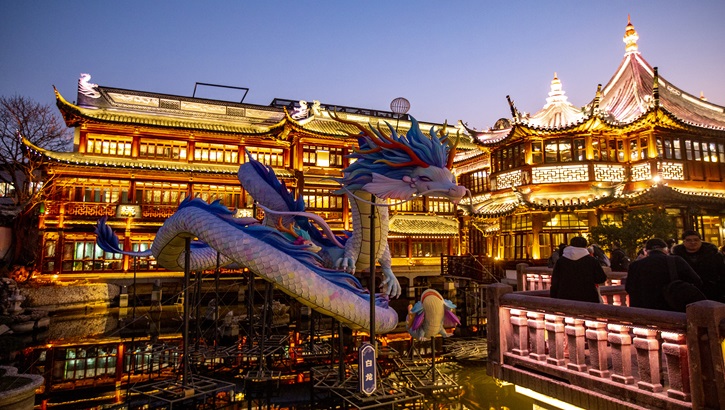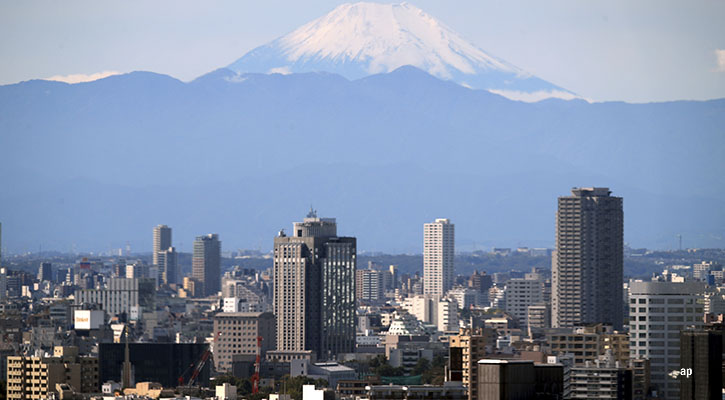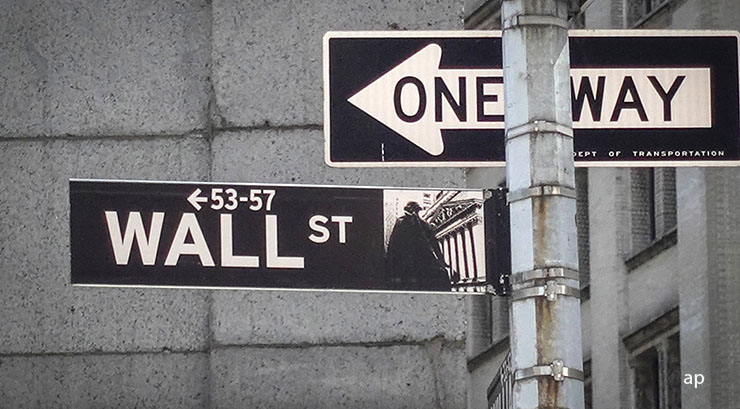Ollie Smith: Now, despite a dramatic start to the year, long-term investors in mega-cap tech stocks can still be pleased with some absolutely stellar returns overall. But can active funds outperform without owning them? That's the question I'm asking Morningstar's Senior Investment Research Analyst, Lena Tsymbaluk, today.
Lena, why is this issue not just a question of the so-called "FAANG" stocks?
Lena Tsymbaluk: Good afternoon, Ollie. Yes. So, you may know that for the last 10 years, the US equity market has been dominated by a few technology and growth stocks. There are a few acronyms actually for those names and many of you will know FAANGs, for example.
But today, we are going to talk about MAMATA, which are the six largest growth stocks in the S&P 500. They are Microsoft, Apple, Meta, Alphabet, Tesla and Amazon. So, these names have driven a lot of the US market performance recently. For example, over the last five years, MAMATA have been responsible for a third of the S&P 500 Index's performance and half of the Russell 1000 Growth Index's performance. These names have benefited from work-from-home and shop-from-home environment and have become even larger positions in the index.
For example, at the moment, MAMATA make up around a quarter of the S&P 500 and more than 40% of the Russell 1000 Growth Index's weight. So, the concentration risk has made it actually greater in the growth benchmark and because of UCITS 10/40 rule, which means that no more than 10% can be invested in one stock, fund managers can't own Apple or Microsoft at their current weights as they are 12% and 11% of the index right now, let alone overweight them.
OS: And here's the big question. Can active managers actually outperform without holding them? What's your take on this?
LT: It is an interesting question. The short answer is: it is not really easy to beat the index in the US equity space unfortunately, as it is such an efficient market, and the concentration has made it even more difficult. Only a quarter of funds in the US blend category have managed to outperform the S&P 500 Index over the last five years, and only a fifth of US growth funds have managed to outperform the Russell 1000 Growth Index, which is the (indiscernible) growth index.
In our study of US blend category, we found out that if a fund was more than 4% underweight MAMATA over five years, it was pretty much bound to underperform. For the growth category to outperform the growth benchmark, the funds had to venture into even growthier stocks. For example, the Silver-rated Morgan Stanley US Growth and the Gold-rated PGIM Jennison US Growth funds have benefited – have actually significantly outperformed the S&P 500 and the Growth Index. And what helped them was investing in less established companies in relatively early stages of their growth and having slightly higher growth profiles.
OS: So, what does this mean for the value rotation then? Does that mean that investor enthusiasm about it is, kind of, overdone, so to speak?
LT: Yes. So, when it comes to US value investing, there is a whole different dynamic there anyway. Out of MAMATA, the only representative of the value index, which is Russell 1000 Value, is Alphabet, which is only 1%. The value index is also much more diversified compared to its growth equivalent. While growth style has been outperforming value in the last five years, more recently, there has been a rotation towards value as you rightly said. And in fact, all the MAMATA names – Microsoft, Apple, Meta, Alphabet, Tesla and Amazon – I'll repeat them – delivered negative returns year-to-date. That's why we believe if investors want to achieve core US exposure, they need to pair growth and value styles.
OS: Excellent. Many thanks for that, Lena. For more on equity research and funds, check out our weekly Tuesday updates on Morningstar.co.uk. Until next time, I've been Ollie Smith for Morningstar.





















